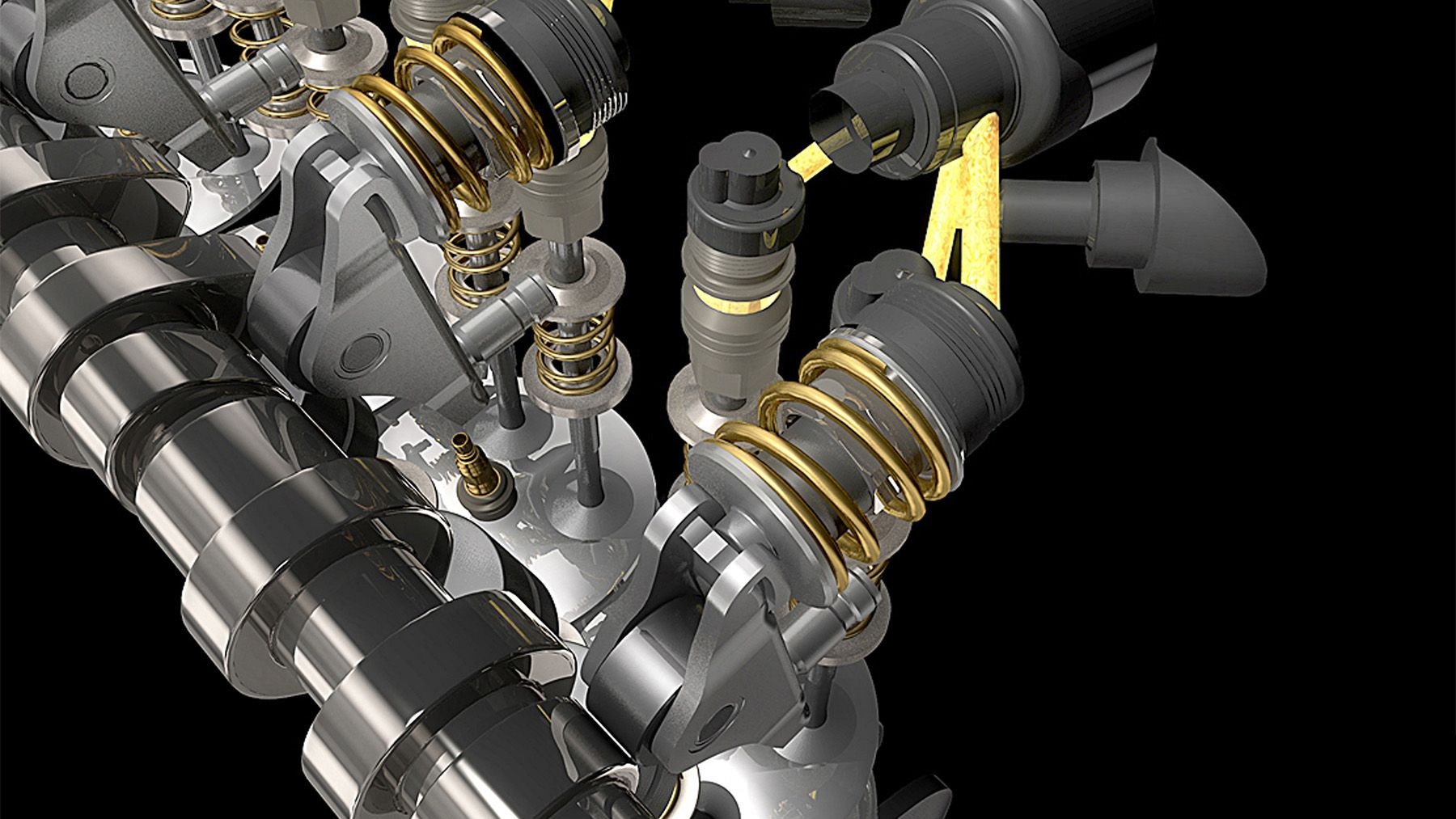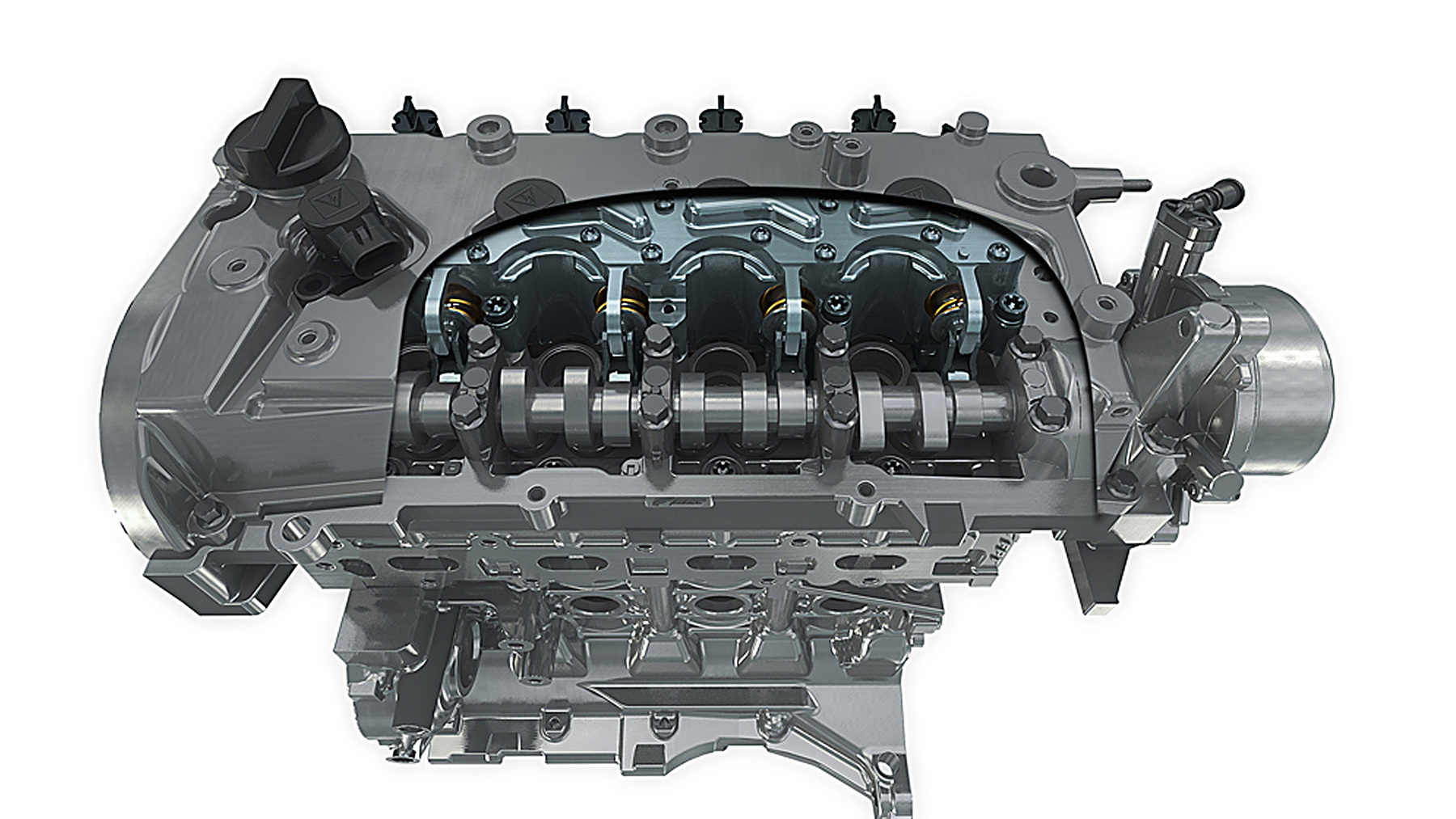It's actually surprisingly easy to retrofit the Multiair valve system to an existing engine, Lucio Bernard, director of Fiat Powertrain Technologies, told Automotive News. Internally, the groundwork is already being laid for Chrysler's use of Multiair tech.
But what exactly is Fiat's Multiair system? Put simply, it's an electronically controlled valvetrain that enables more efficient and dynamic control of the air coming into the engine. That, in turn, improves efficiency for a given displacement and load, and reduces emissions. Power gains of up to 10% are normal as well.
Like most modern automotive innovations, it's not the hardware that's the tricky part. The software that controls the intake valve events and how they change dependent upon driving conditions is quite complex, and Fiat says it could take competitors two to three years to catch up.
That would mean Chrysler's inclusion in the technology loop could be a huge boon to the company, giving it a selling point not available to any other domestic manufacturer.
So far, only the Alfa Romeo MiTo hatchback has the Multiair technology, but Fiat is planning to roll the technology across its brands and engines over the coming year. If Chrysler does take advantage of the technology, expect it to start on the company's smaller four-cylinder engines before moving to V6 or V8 solutions.




